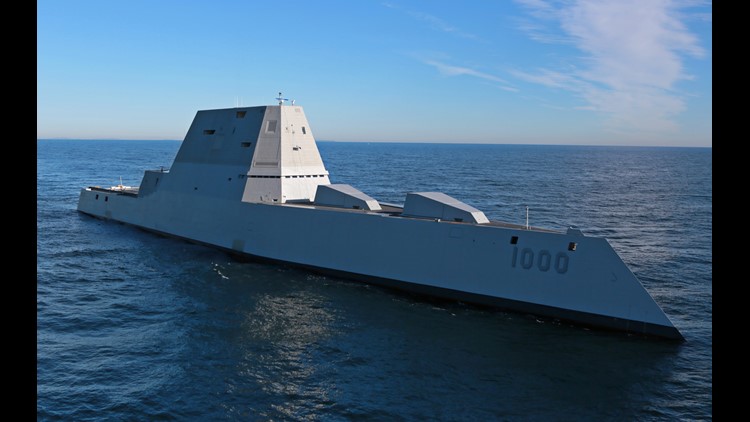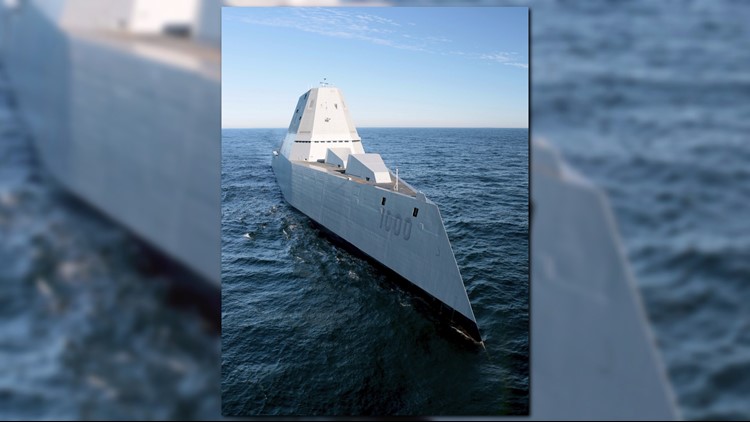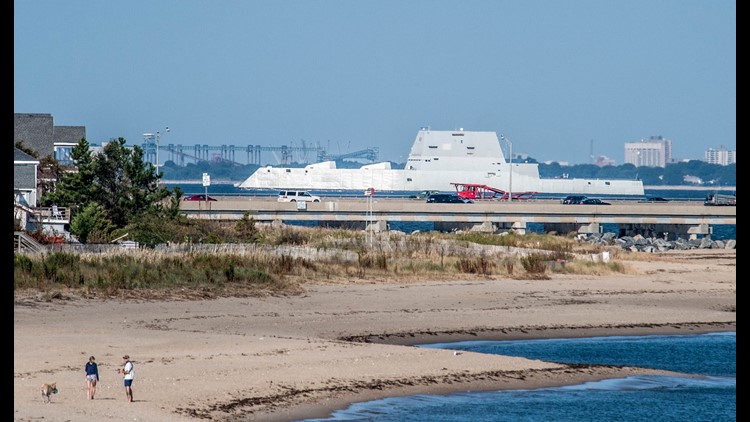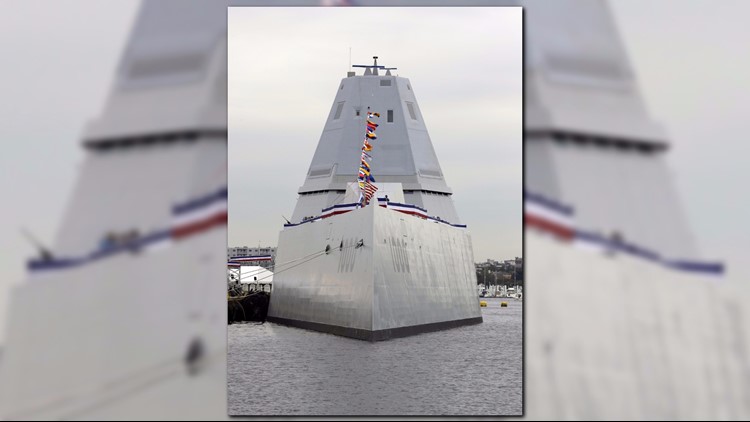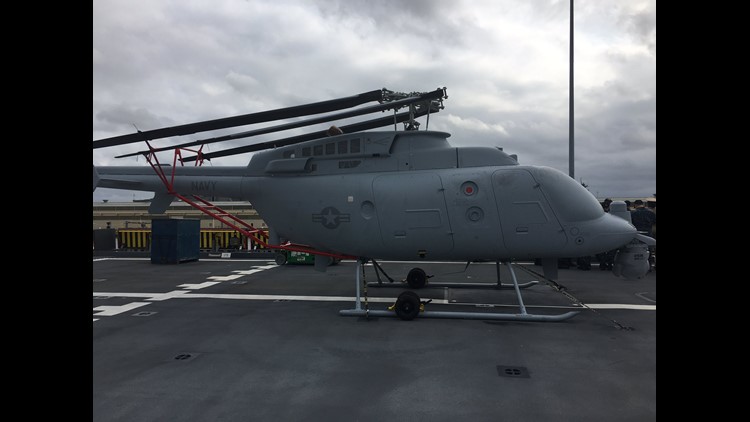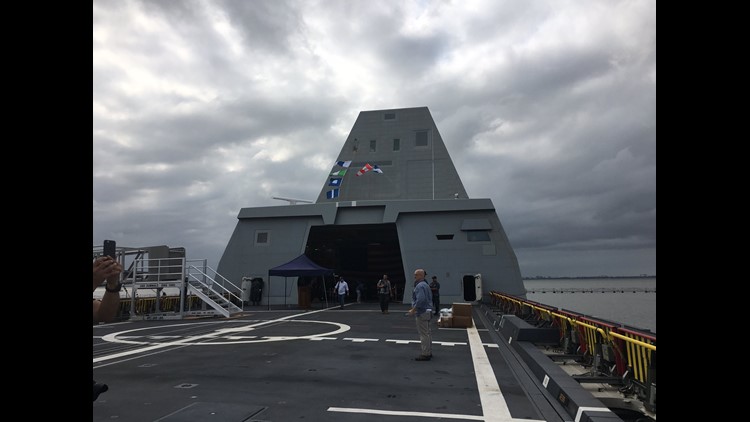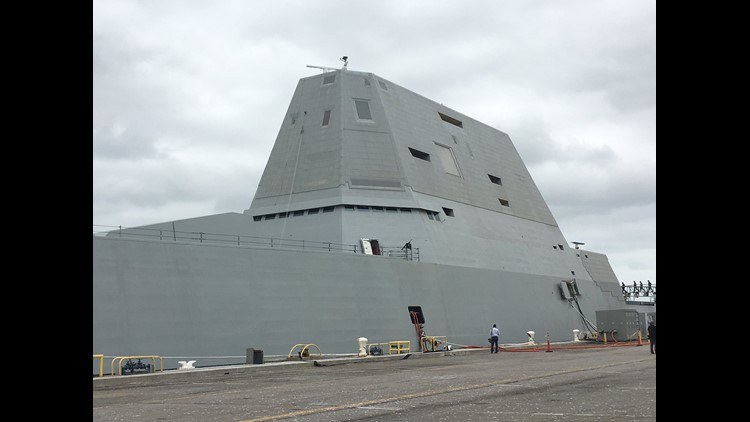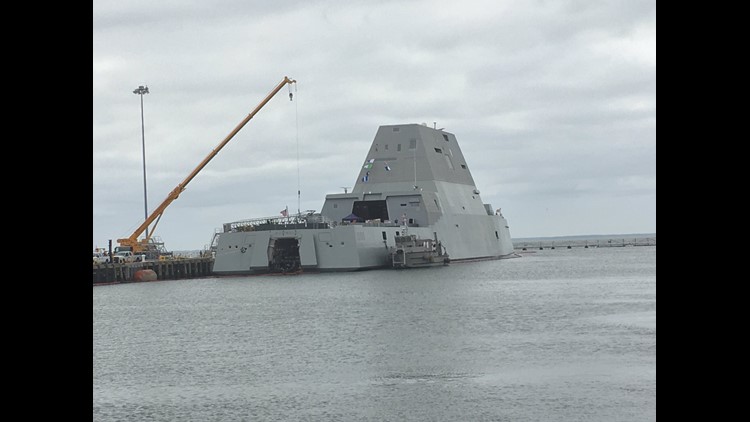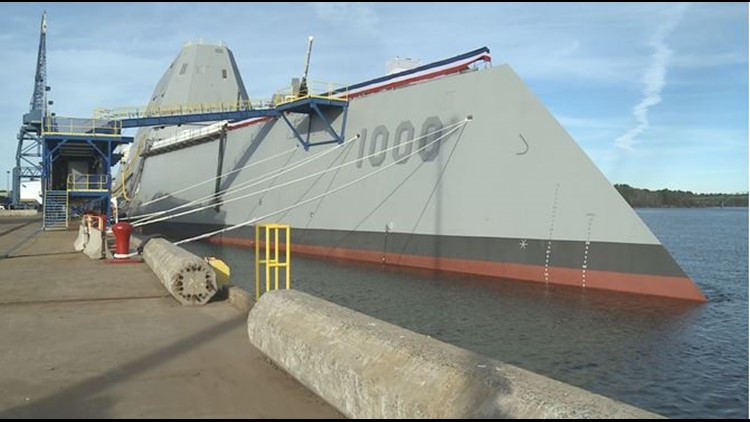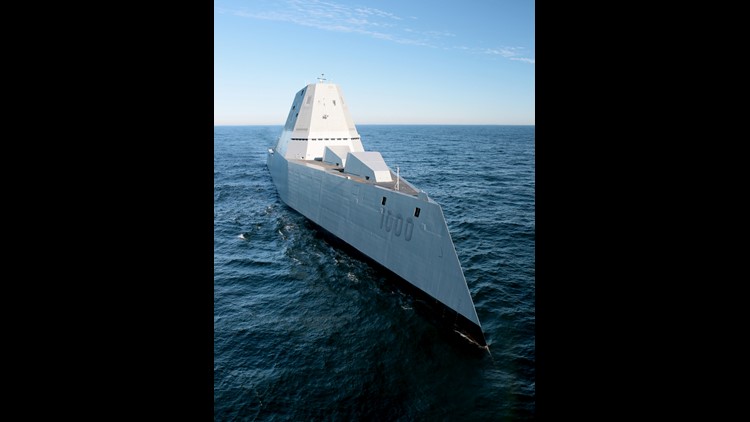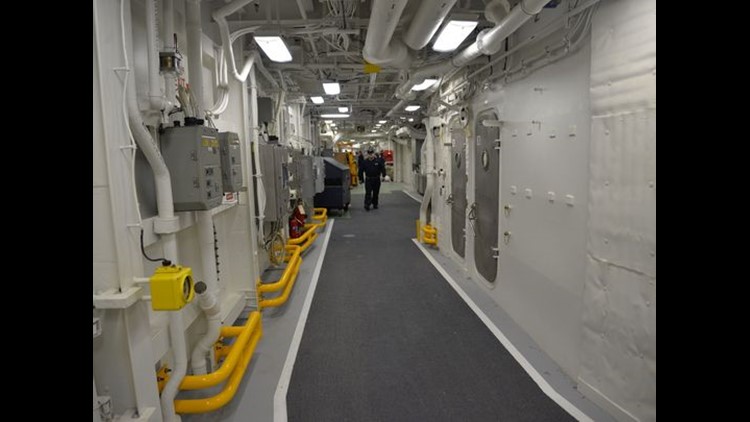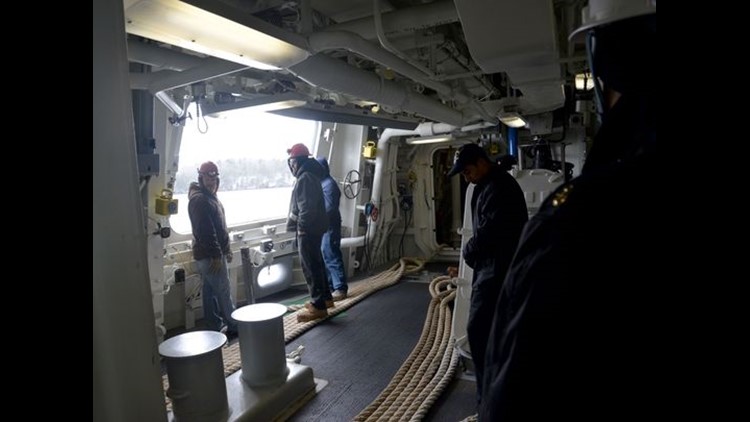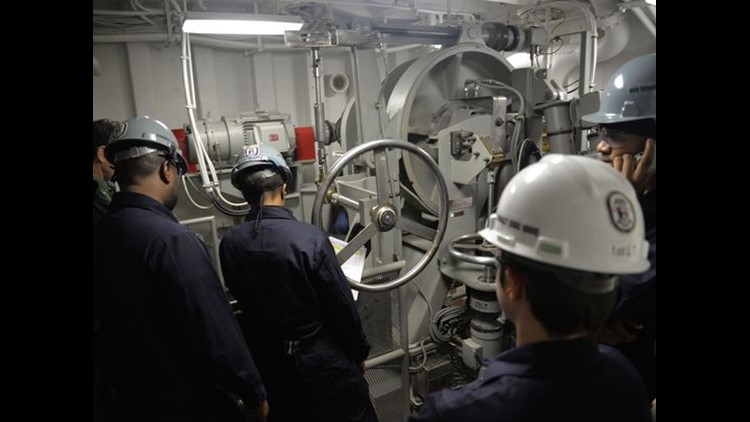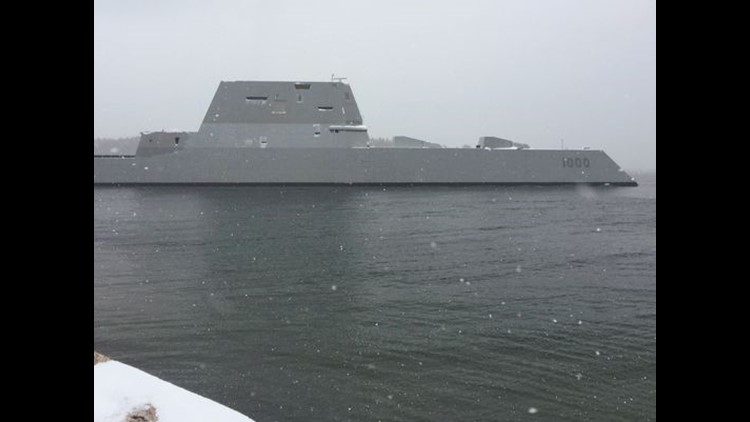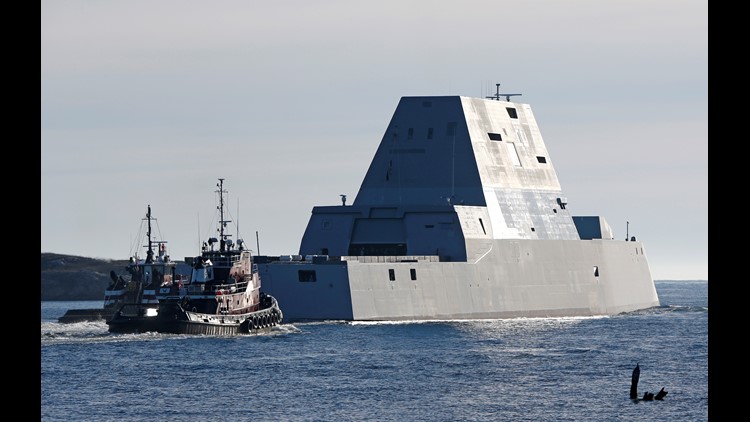ABOARD THE DESTROYER ZUMWALT (DDG 1000) -- “All ahead one third on the starboard shaft.”
The order was called out by the Bath Iron Works (BIW) conning officer, clearly heard in the hushed atmosphere of the pilot house. The bridge was dark except for the dim glows of flat-panel displays as the 16,000-ton destroyer moved away from the Portland, Maine, pier.
Perhaps 30 people were crowded into the space. The navigating team was led by Captain Earl Walker, the shipyard’s long-time chief pilot, and all the controls were manned by civilian engineers and shipbuilders working for BIW, which owns the Zumwalt until it is formally handed over this spring to the US Navy.
Other engineers -- from the shipyard, Raytheon and other manufacturers -- looked over the operators’ shoulders.
See Also: Zumwalt heads to sea for testing
Unusual for a ship on builder’s trials, the civilians were joined by about 130 members of the destroyer’s US Navy crew, on board to get their first chance to sit down and operate the ship that later this year they will call home.
This was the third night out for the Zumwalt on her second series of builder’s sea trials, the first “alpha” trials having been carried out in early December. The ship, which will eventually go to sea with a crew of 147, was carrying 388 souls, one of the highest numbers Zumwalt likely will ever carry during a planned service life of about 40 years.
Inside the Navy stealth destroyer Zumwalt
The 610-foot-long destroyer moved out slowly from the pier, making a sharp left turn, then a right to come into the channel. As she moved out of Casco Bay into the Atlantic, a slight sea was running, enough to throw spray from her sharp, wave-piercing prow and occasionally spit on the bridge.
A slight glow in the darkness ahead belied the white running light on the Zumwalt’s bow – a change from the mast position required on other ships because the destroyer’s stealthy design leaves nowhere else to put it.
Accompanying the Zumwalt was the small US Coast Guard cutter Moray. Coasties regularly escort warships in US coastal waters for security, but the Moray also carried a team from the Naval Sea Systems Command using a variety of instruments to measure the Zumwalt’s signatures.
Checking out the ship’s stealth qualities is as much a factor as making sure the ship’s engines work properly. The stealth features are effective – the Zumwalt is very difficult to detect on radar. For safety, reflectors are temporarily rigged in the halyards so other ships can see the destroyer.
The Zumwalt’s stark, angular profile is unlike any other ship on the seas, the epitome of stealth design that seeks to minimize radar cross-sections (RCS) and heat and emissions signatures across visual, physical and electronic spectra. The decks are not designed for people to be out and about, and all the usual topside ephemera is either recessed or moved inside the ship.

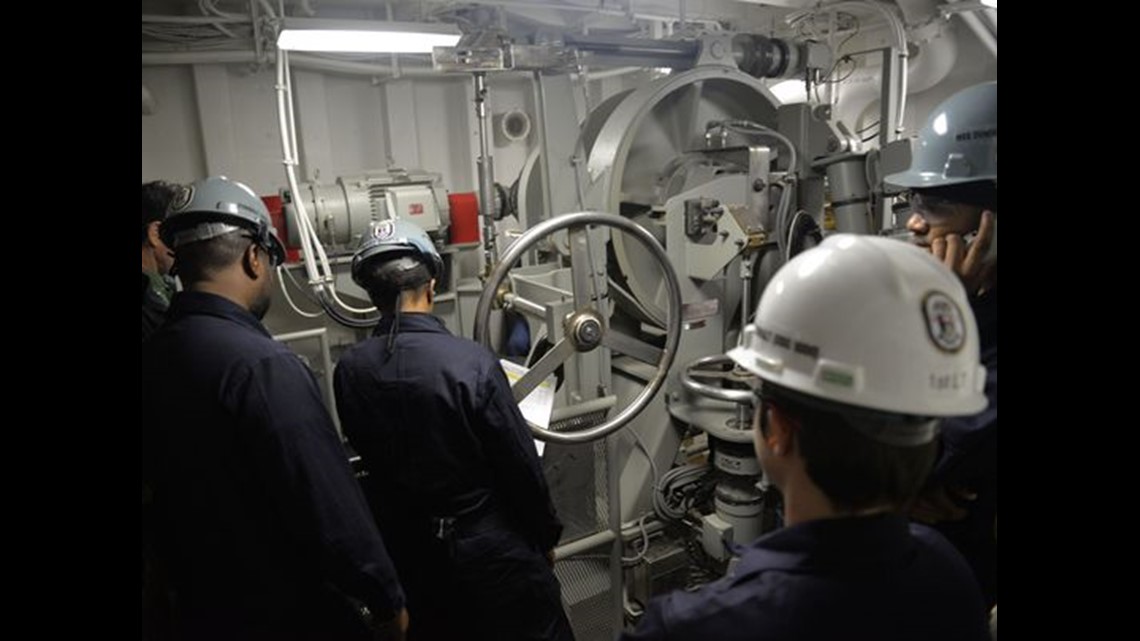
The only objects protruding above the flat foredeck are the huge enclosures for the two 155mm guns of the Advanced Gun System (AGS), the largest naval guns installed as standard equipment to go to sea in decades. Ranged along the sides of the ship on the foredeck and along the flight deck aft are 80 missile cells in a new arrangement intended to use the blast shields of the cells to protect the ship, and keep the centerline free for the gun system. No railings or lifelines are visible, although stanchions can be rigged manually when in port. Those venturing out on deck must latch on to a safety line.
The ship moved out of the harbor with an SPS-73 navigation radar rotating atop a mast on the foredeck, but as she began to sway with the sea the mast was retracted, periscope-fashion, into the hull.
Shipyards use builder’s sea trials to check out all the ship’s features and identify fixes. The Zumwalt is filled with so many new technologies – 10 major groupings and dozens of smaller items – that BIW is running a non-standard second trial.
In April, the ship will go to sea again for acceptance trials, when the Navy’s Board of Inspection and Survey comes aboard to conduct their own assessment. If those trials are successful, the Board recommends the Navy accept the ship, and a subsequent delivery ceremony marks the stage where ownership is transferred to the government and the ship enters naval service.


